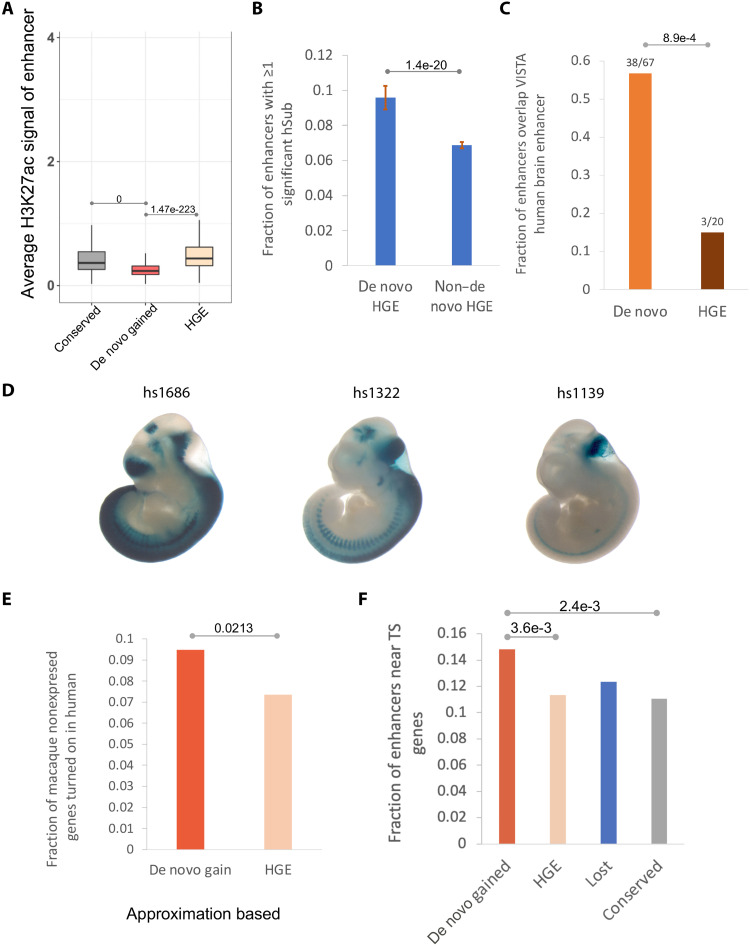Fig. 7. De novo gained enhancers versus HGEs.
(A) De novo gained enhancers exhibit weaker enhancer signal. (B) Fraction of enhancers with ≥1 hSubs. Bar plot shows the median and SD of fraction of enhancers with at least one hSub by 90% bootstrapping for 50 times. P value is based on t test. De novo HGEs refer to HGEs that overlap de novo gained enhancers, and non–de novo HGEs refer to CS23 HGEs that do not overlap de novo gained enhancers. (C) For de novo gained enhancers and HGEs, the plots show among all enhancers that were experimentally tested in VISTA (denominator) the fraction that tested active in the developing brain (numerator). (D) Three examples of de novo enhancers overlapping validated VISTA human elements active in the developing brain. hs1686: active in forebrain, hindbrain, midbrain, and neural tube. hs1322: active in forebrain, midbrain, and hindbrain. hs1139: active in hindbrain. VISTA embryo staining images were retrieved from the VISTA Enhancer Browser at https://enhancer.lbl.gov/ (15). (E) Fraction of enhancers located near genes with very low expression [reads per kilobase of exon per million reads mapped (RPKM) < 1] in macaque and RPKM > 1 in human. (F) Fraction of enhancers that are near tissue-specific (TS) genes.

